Professional Letter to Supervisor Template
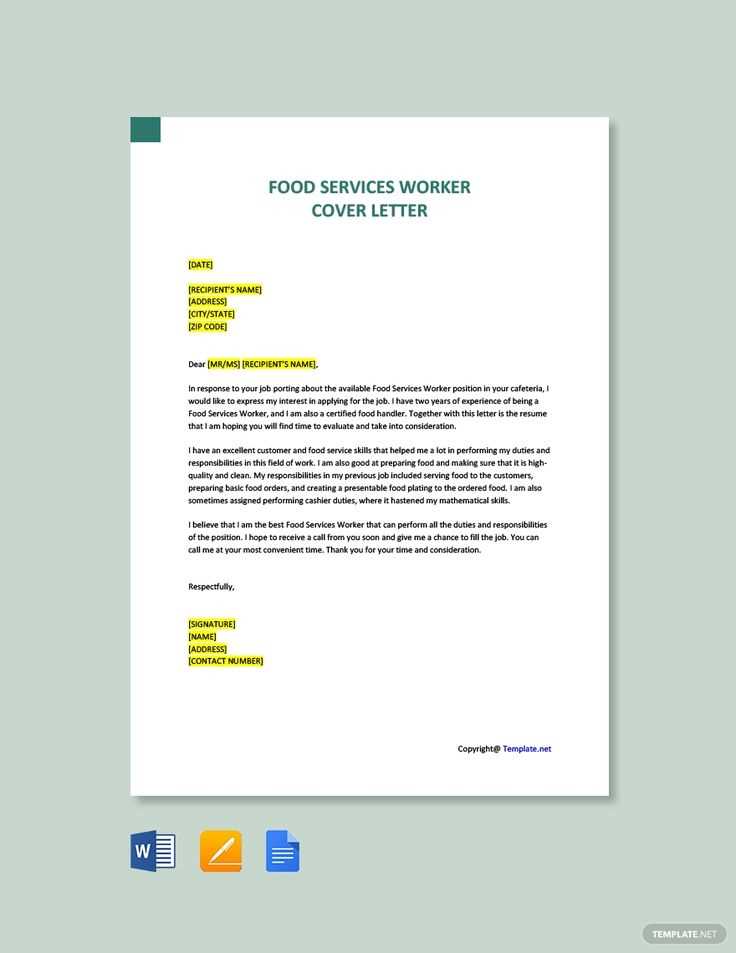
When it comes to addressing workplace matters, clear and professional communication is essential. Whether you’re requesting time off, providing feedback, or discussing concerns, presenting your message in an organized manner helps convey respect and ensures that your point is understood. A well-crafted correspondence can strengthen your relationship with leadership and demonstrate your professionalism.
Crafting a formal document requires attention to tone, structure, and clarity. Each situation may require a different approach, but a few key elements remain consistent. Proper formatting, appropriate language, and a direct yet courteous style all contribute to making your communication effective and impactful.
In this guide, we will explore the necessary steps to create an impactful message for your workplace leader. By following proven guidelines, you can ensure that your correspondence is not only well-received but also achieves the desired outcome.
Why You Need a Supervisor Letter
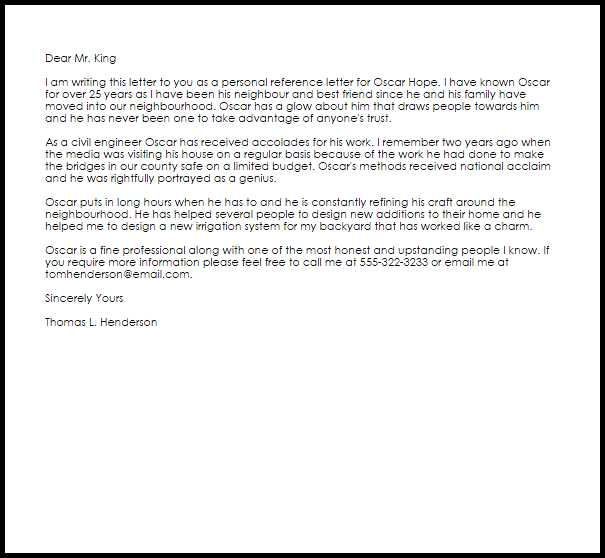
Effective communication with your workplace leader is essential for ensuring smooth operations and maintaining professionalism. Whether you’re addressing a request, seeking approval, or raising concerns, it’s crucial to have your thoughts clearly conveyed in writing. By doing so, you ensure that your message is taken seriously and can be easily referenced later.
Having a structured and formal approach in place is key for several reasons:
- Clarity and Precision: Clear written communication helps to avoid misunderstandings and ensures that all parties are on the same page.
- Professionalism: Presenting your thoughts in a formal manner demonstrates your respect for the workplace and the individuals involved.
- Documentation: Written communication provides a record of your request or concern, which can be helpful for future reference or follow-up.
- Efficiency: A well-structured message saves time, allowing for quicker responses and more effective problem resolution.
In many situations, a structured document can be the most efficient way to communicate. It allows for clear articulation of ideas, avoids the need for back-and-forth clarification, and promotes a more streamlined decision-making process. Ultimately, formal written communication is a valuable tool in any professional setting.
Essential Elements of a Formal Letter
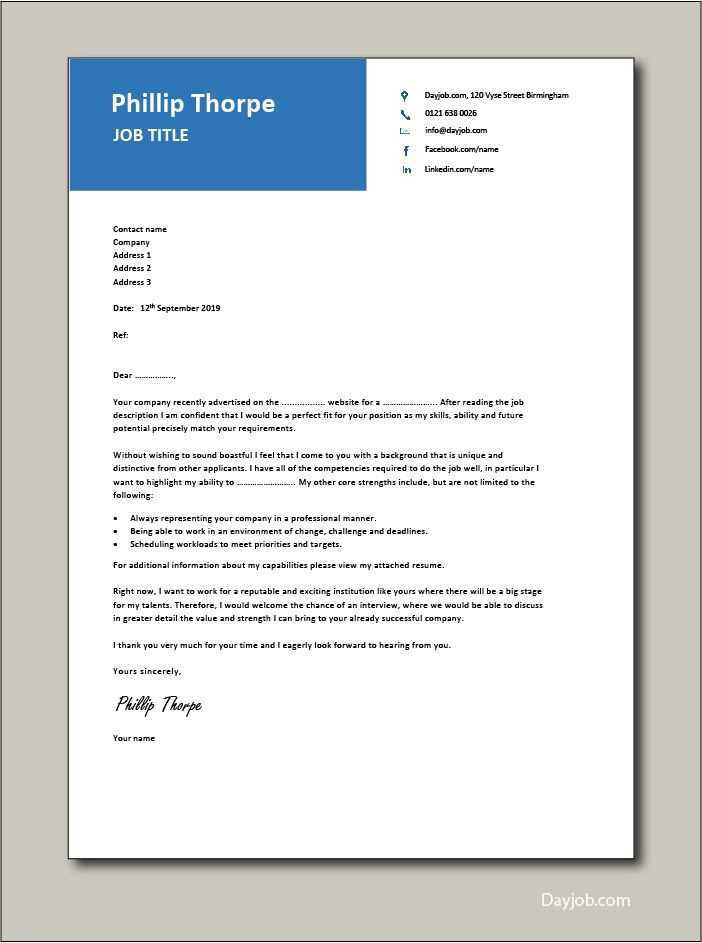
When creating a formal document to communicate with a manager or superior, it is important to include several key components. These elements ensure that your message is professional, clear, and effective. Structuring your communication properly enhances its impact and makes it easier for the recipient to understand and respond.
The essential components of a professional message include:
- Salutation: A respectful greeting is essential, as it sets the tone for the communication. Addressing the recipient appropriately shows professionalism.
- Introduction: Briefly state the purpose of your communication right at the beginning. This ensures that the reader immediately understands your intent.
- Body: Provide the necessary details in a clear, concise, and organized manner. Make sure your points are well-structured and easy to follow.
- Closing: End with a courteous and professional sign-off. This reinforces the respect you are showing and leaves a positive impression.
- Contact Information: Include any relevant contact details or follow-up instructions, allowing for easy communication if needed.
Incorporating these elements into your document will help ensure that your communication is effective, professional, and easy to act upon. Each part plays a crucial role in conveying respect and clarity while achieving your intended purpose.
Choosing the Right Tone for Communication
The tone of your message plays a crucial role in ensuring that your communication is well-received and effective. The way you phrase your ideas can influence how the recipient perceives your intentions and your professionalism. Selecting the appropriate tone is essential, whether you’re making a request, providing feedback, or addressing a concern.
When choosing the tone for your correspondence, consider the following:
- Respectfulness: Always approach the recipient with respect, regardless of the nature of your message. A polite tone fosters goodwill and encourages a positive response.
- Clarity: Your tone should be clear and direct. Avoid ambiguity and overly complicated language, as this can lead to confusion or misinterpretation.
- Formality: For professional communication, maintaining a formal tone helps establish authority and ensures that your message is taken seriously.
- Empathy: In some situations, showing understanding and empathy for the recipient’s position can help build rapport and make your communication more impactful.
By carefully considering the tone you use, you can ensure that your message achieves its intended purpose without causing misunderstandings or negative reactions. A well-balanced tone is a key factor in maintaining professionalism and fostering positive workplace relationships.
Common Mistakes to Avoid in Letters
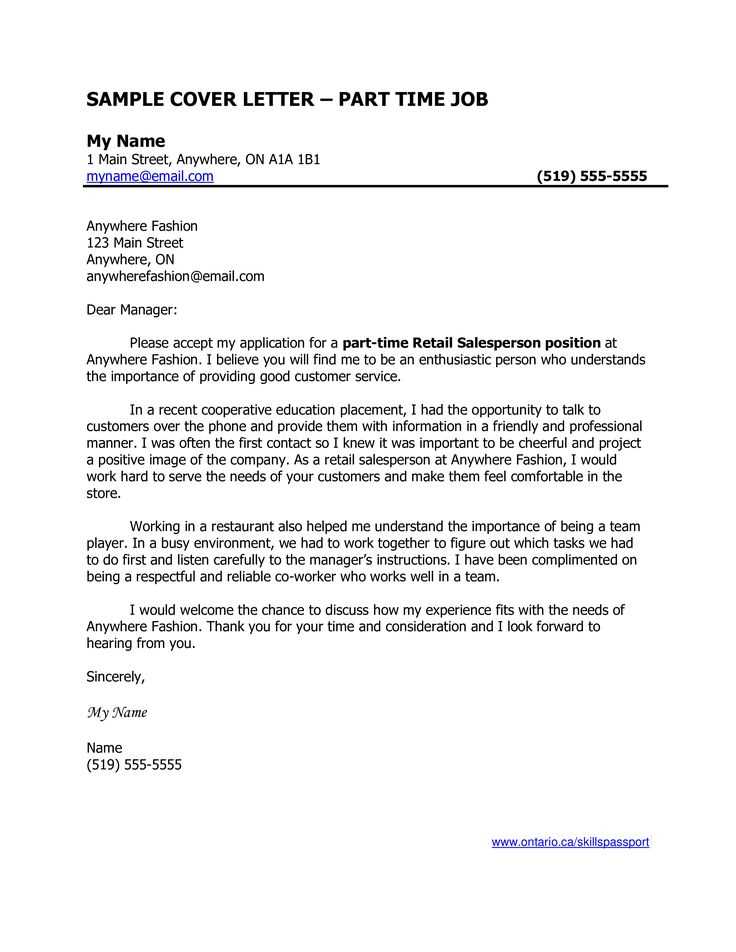
When crafting a formal communication, it’s easy to make mistakes that can undermine the effectiveness of your message. These errors, whether related to tone, structure, or language, can lead to misunderstandings or reflect poorly on your professionalism. Avoiding common pitfalls ensures that your correspondence achieves its goal and fosters a positive response.
Here are some key mistakes to watch out for:
- Vague Language: Using unclear or ambiguous terms can confuse the recipient and hinder the effectiveness of your message. Always aim for clarity and precision.
- Overly Casual Tone: While friendly communication is important, an overly informal tone can come across as disrespectful or unprofessional in certain contexts.
- Neglecting Proper Structure: A poorly organized message can make it difficult for the recipient to follow your points. Always ensure your communication is well-structured and easy to read.
- Failure to Proofread: Spelling and grammar errors can diminish the impact of your message. Always take the time to review your text before sending it.
- Excessive Length: Being overly wordy or including irrelevant details can cause your recipient to lose interest. Be concise and to the point.
By steering clear of these common mistakes, you ensure that your communication is clear, respectful, and professional. Taking the time to get it right can make all the difference in achieving your desired outcome.
How to Format Your Supervisor Letter
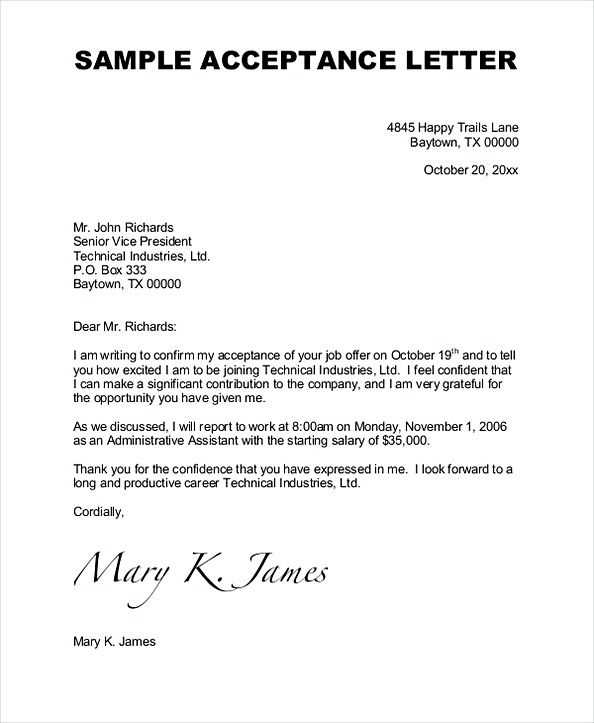
Proper formatting is essential when crafting a professional document for your workplace leader. A well-structured message not only enhances readability but also demonstrates your attention to detail and respect for the recipient’s time. Following a clear and organized format ensures that your points are easily understood and gives your communication a polished, formal appearance.
To ensure your message is presented effectively, consider the following formatting guidelines:
- Start with a Formal Salutation: Begin with a respectful greeting, addressing the recipient by their appropriate title and last name (e.g., “Dear Mr. Smith”).
- Keep Paragraphs Brief: Break your message into concise paragraphs, each focusing on a single point. This makes it easier for the reader to follow your thoughts.
- Use Clear and Consistent Fonts: Opt for a standard, easy-to-read font like Arial or Times New Roman, with a size between 10 and 12 points.
- Proper Spacing: Ensure there is enough space between paragraphs and sections to give the document a clean and professional appearance. Use single spacing within paragraphs and double spacing between them.
- End with a Polite Closing: Close your message respectfully with phrases such as “Sincerely” or “Best regards,” followed by your full name.
By following these simple formatting principles, you create a professional and visually appealing document that is easy for the recipient to read and respond to. Clear structure plays a key role in maintaining a high standard of communication in any professional setting.
Customizing Templates for Different Situations
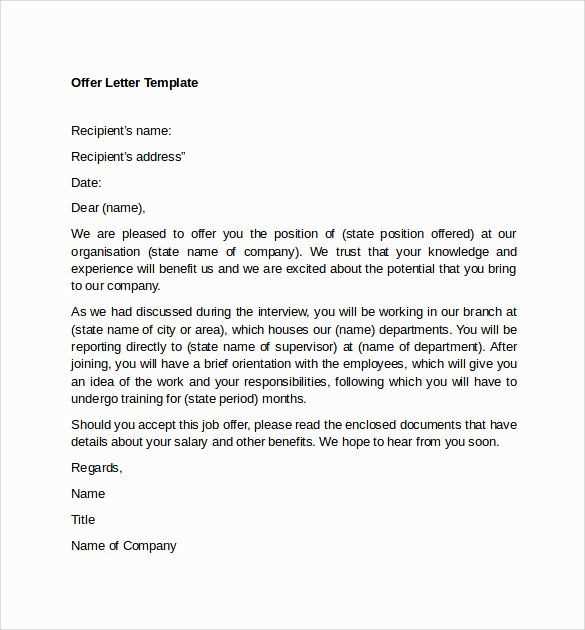
Adapting your communication to suit various contexts is essential for maintaining relevance and effectiveness. Whether you are making a formal request, delivering feedback, or addressing a specific issue, tailoring your message to the situation ensures that it resonates with the recipient. Customizing your approach helps convey your purpose clearly and appropriately, reflecting your understanding of the circumstances.
To effectively modify your message for different scenarios, consider the following tips:
- Adjust the Tone: Depending on the formality of the situation, your tone may need to be more professional or slightly casual. For formal requests, maintain a respectful and courteous tone, while for feedback or follow-ups, a more conversational approach may be appropriate.
- Be Specific: Tailor the content to address the particular circumstances. For example, if addressing a recent project, mention relevant details such as dates, tasks, or outcomes to make your communication more relevant.
- Modify Structure as Needed: Depending on the situation, you may need to reorder your points. For a request, start with the purpose, while for feedback, a problem-solution structure may work better.
- Keep It Concise: Be mindful of the recipient’s time. Customizing your message involves cutting out unnecessary details and focusing on what is most important for the specific situation.
By adapting your communication for different contexts, you ensure that your message is always clear, relevant, and well-received. Tailoring your approach shows that you are attentive to the situation and respectful of the recipient’s needs and expectations.